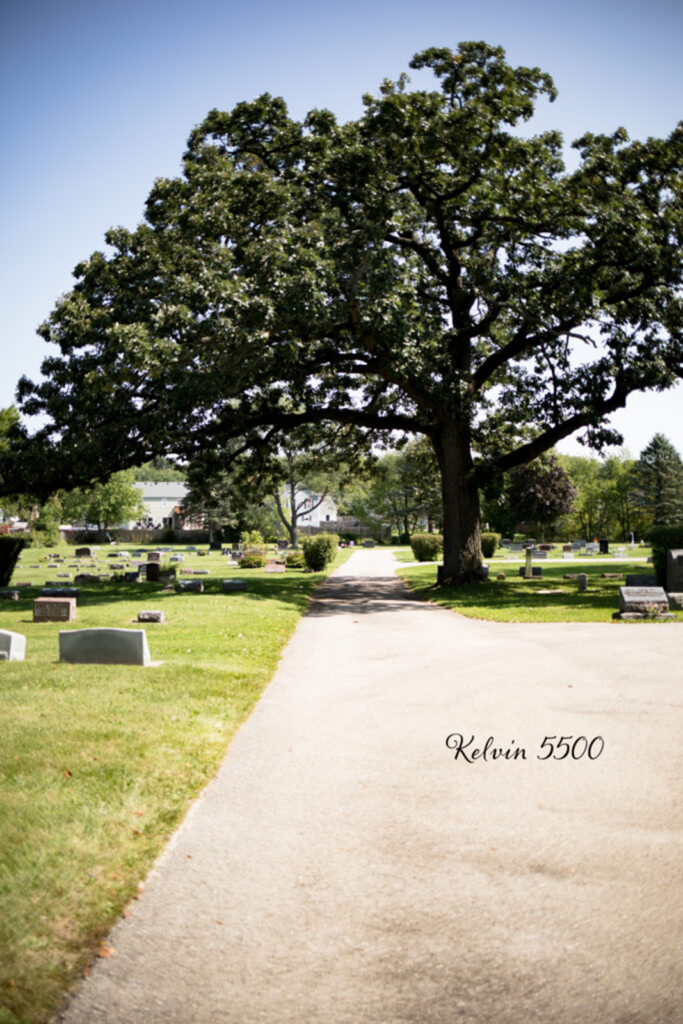Understanding Kelvin Settings in Canon

December 18, 2023
Let me cut to the chase about Kelvin White balance. If you wanted the history about Kelvin, you’ve come to the wrong place. I like to keep things simple, to the point, but give you tips that make sense. Every photographer is encouraged to use Kelvin white balance. It gives you the creativity of making your own art. If you don’t want to be creative, that is what AWB (auto white balance) is for.
I’m guessing you are an artist that wants to dive into more creativity with light. I’m here to help.

Now, I am sharing tips for Canon users. Im not familiar with Nikon, Sony and other brands. If they are the same; GREAT, if not, I’m sorry I, but I can’t help you.
Think of Kelvin as a setting that goes cool-warm. The cool settings start towards the left and the warm settings start towards the right. How I remember the direction is I always tell myself; ” Turn up the warmth”, that way I know the other direction is going to take me to my cool settings.
Keep in mind that different times of the day gives different types of light. So practice your Kelvin settings so that you can memorize your Kelvin number for that particular day.
Now if you’re new to your camera, you’re probably saying; “Britney!! Where is my Kelvin White Balance setting



Next to the Right arrow/triangle, is a wheel. ( it looks like a rainbow) That is how you change the number. The wheel is above your shutter button. (image on the Right)
A tip I have for you is to find your settings first ( SS, Fstop, & ISO). Once you have your settings in placed, play with the Kelvin settings. Try it for yourself and start going to the Left ( the cool settings) and work your way up (to the warm settings).
Here are some outdoor samples of Kelvin Lighting.









The goal is to get your White Balance as true as you want it in your camera so you aren’t having to spend a lot of time in post processing (PS & LR) fixing your white balance. There is only so much a Preset from LR and an Action from PS can do. But you are the artist, test the waters and see what you create in your camera and what your presets can give you onto your image.
( I will create a journal post on how to create your own presets and actions…. and yes, I call my blog my journal. I like to be different).
Now let me show you outdoor Kelvin Lighting with a client. ( My son was kind enough to pose for me…..he chose MANY poses. LOL )
My outdoor setting for the Cemetery were 1/1600 F2.2 ISO 100









Here are examples how your images can look different because you need to remember to balance the clients skin as well as the outdoors. I shot these 2 hours before sunset. Again; the light during that time, is a bit softer, so it really depends on your lighting during the day and what Kelvin you choose to go with.
My outdoor settings with my son were: 1/320 F2.2 ISO 125
The fun part is how the images will look with your presets and actions you have created. The goal is to have consistency in your images.
I have another catch for you……..
What about indoors? That is a whole different ball game. You will have different camera settings ( SS, Fstop, & ISO) as well as Kelvin. Its good to build the habit of always checking your settings and doing some test shots before you begin your shoot.
Here are some samples of indoor shots I took of our dog. ( He did so good. He isn’t asleep, he is just very patient. He is a Soft Coated Wheaten Terrier and his name is Moe. He is 4).
My indoor settings were 1/320 F2.2 ISO 640









As you can see my camera settings for these 3 different scenarios were different. The Kelvin is showing the same hue, but it is showing what looks best whether it is landscape, a portrait outside or a portrait taken inside.
The key is to PRACTICE!!! Practice doesn’t mean perfect, it means you’re building habits.
Let me know if this helps!! I am such a visual person and it took me so long to understand this. I want to make this simple for you to get it right away and to succeed in what you desire to create!!
GOOD LUCK!!!!
Hugs- Britney
Be the first to comment